Please note: In September 2019, we updated the DXOMARK Mobile test protocol to cover ultra-wide-angle performance and renamed the protocol DXOMARK Camera. We also expanded our low-light testing and created the new Night sub-score, which incorporates the previous Flash score. We have retested this device using the new Wide and Night test protocols and updated the scores in this review, but we have not changed the text from the original review. For more information, please see the articles about our new Wide and Night test protocols.
Apple’s brand-new iPhone XS Max features the company’s largest smartphone display ever — a 6.5-inch Super AMOLED variant — but otherwise comes with camera specs that on the surface look pretty much identical to last year’s iPhone X. A closer look reveals important changes, however. For example, the 12MP sensor in the dual-camera setup’s wide-angle module is now larger than before, featuring 1.4 µm pixels compared to 1.22 µm on the iPhone X. But like the previous version, the new lens channels light onto the sensor through a 6-element lens with an f/1.8 aperture, and as before, the 2x tele-camera comes with 1.0µm pixels and an f/2.4 aperture in a six-element lens. Both lenses are optically stabilized.
On the software and image processing side of things, the improvements are more obvious. During still image capture, the camera continuously captures a multi-frame buffer at different exposures, allowing for simultaneous zero shutter lag and HDR processing, something that is unique to the new iPhone at this point. This also means the iPhone XS Max is capable of displaying HDR images in real-time in the preview image, so what you see is what you get. Again, to our knowledge, this preview function is not currently available from any of the new iPhone’s close competitors.
In video mode, the iPhone XS Max can shoot 4K video at 60 frames per second and 1080p Full-HD at up to 240fps. The faster sensor readout allows for better video stabilization and a reduced jello effect. In addition, the camera can shoot footage with expanded dynamic range when the frame rate is limited to 30 fps
The new iPhone’s hardware and software specifications make for impressive reading. Read our full report to find out how all the new tech translates into still image and video results.
Please note: The smaller iPhone XS comes with identical camera hardware and software as the XS Max, so will likely achieve the same or very similar test results and scores as the latter. However, our testing was undertaken on the iPhone XS Max only.
Key camera specifications:
- Dual-camera setup
- 12Mp main camera with 1/2.55″ sensor (1.4µm pixels) and six-element f/1.8-aperture lens, 26mm equivalent focal length
- 12Mp secondary 2x tele-camera with 1/3.4″ sensor (1.0µm pixels) and six-element f/2.4-aperture lens, 52mm equivalent focal length
- Optical image stabilization on both lenses
- Phase-detection autofocus (PDAF)
- Quad-LED dual-tone flash
- 4K video at 30/60 fps, 1080p at up to 240 fps
About DxOMark Mobile tests: For scoring and analysis in our smartphone camera reviews, DxOMark engineers capture and evaluate over 1500 test images and more than 2 hours of video both in controlled lab environments and in natural indoor and outdoor scenes, using the camera’s default settings. This article is designed to highlight the most important results of our testing. For more information about the DxOMark Mobile test protocol, click here. More details on how we score smartphone cameras are available here.
Test summary


With a DxOMark Mobile overall score of 105, Apple’s iPhone XS Max achieves an excellent second place in our smartphone ranking and is currently surpassed only by Huawei’s triple-camera juggernaut P20 Pro. The camera’s highlight is its outstanding video quality in bright light. Footage recorded outdoors on a bright day shows a very wide dynamic range, vivid colors, and high levels of detail. In addition, a very effective image stabilization system keeps camera shake to a minimum, making the new iPhone an enticing option for any mobile video shooter.
Our testers were also pleased by the still image quality in bright light, which is excellent all around. Exposure in outdoor images tends to be spot on, levels of detail are high, and colors are pleasant.
If we had to pick one aspect of the camera that could be improved, it’s zoom performance. While zoom has been slightly improved compared to last year’s iPhone X, iPhone XS Max zoom images show coarse luminance noise and less detail than some high-end rivals, such as the Huawei P20 Pro and the Samsung Galaxy Note 9.
Overall, however, still image quality is very good, and the iPhone XS Max achieves an excellent Photo score of 110 points. In addition to capturing great image quality in bright light, the iPhone XS Max camera is also very reliable, consistently capturing good results shot after shot. The autofocus system is among the best we have tested, and images recorded in Apple’s Portrait mode show very good subject isolation.
Opportunities for improvement (in addition to the noisy zoom images mentioned previously) include underexposure in flash images, and quite noticeable luminance noise in lower light and in the shadow areas of high-contrast images.
Its Video score of 96 is not quite as high as for stills, but per above, the iPhone XS Max nonetheless performs very well, with a very wide dynamic range, excellent image stabilization, and fast and accurate autofocus. Detail is good in bright light, but drops noticeably in lower light, where we can also see slightly elevated levels of luminance noise.
Photo scores explained
The Apple iPhone XS Max’s Photo score of 110 points is calculated from sub-scores in tests that examine different aspects of its performance under different lighting conditions. In this section, we’ll take a closer look at these image quality sub-scores.

Exposure and Contrast
Apple iPhone XS Max
93
Apple’s new Smart HDR feature does a great job, and iPhone XS Max images show very good target exposure and a wide dynamic range in bright light and indoor conditions alike. It is also worth mentioning that, thanks to the beefed-up processor, the iPhone XS Max is capable of displaying HDR images in real-time in the preview image, so what you see is what you get. As far as we are aware, this feature is not currently available from any of the device’s close competitors.
In the samples below, you can see that dynamic range has been improved noticeably over the iPhone X in both shadow and highlight areas of the frame. In our comparison, the Huawei P20 Pro captures a touch more highlight detail, but renders a flatter image overall with less contrast.
The improvement in dynamic range is even more obvious in the backlit portrait scene below. The iPhone XS Max captures noticeably better highlight detail in the bright background than last year’s iPhone X. The current leader in the DxOMark ranking, the Huawei P20 Pro, captures a similarly wide dynamic range.
In the high-contrast scene below, the iPhone XS Max again does a very good job at keeping highlight clipping in the bright parts of the frame to a minimum and at revealing a lot of detail in the shadows. The exposure of our studio test chart captured at a very low light level (1 lux) is very slightly underexposed but perfectly usable. The iPhone XS Max is pretty much in line with most of its high-end rivals in this test.

Color
Apple iPhone XS Max
84
The Apple iPhone XS Max performs well in terms of color, and as with most smartphone cameras, its color rendering is fairly vibrant but pleasant when shooting outdoors in bright light or in typical indoor light conditions.
However, our testers noticed a slight desaturation effect when shooting in low light. This is quite visible in the night scene comparison below. Both the Huawei P20 Pro and Samsung Galaxy Note 9 colors are little more vibrant and saturated than the color rendering of the XS Max.
On occasion we have also seen a slightly yellow cast when shooting outdoors in bright light or under artificial light indoors. We previously observed this effect in our test of the iPhone X, but it tends to be a little stronger with the XS Max. That said, the cast is generally not too problematic and well within acceptable limits.
The iPhone XS Max autofocus system performs very well, achieving a superb score of 100 points. Autofocus is very fast and accurate in all light conditions and consistently provides good focus. The graph below shows autofocus performance at 1000 lux. As you can see, the focus system consistently produces sharp images with a short delay of 500ms after defocusing the camera.
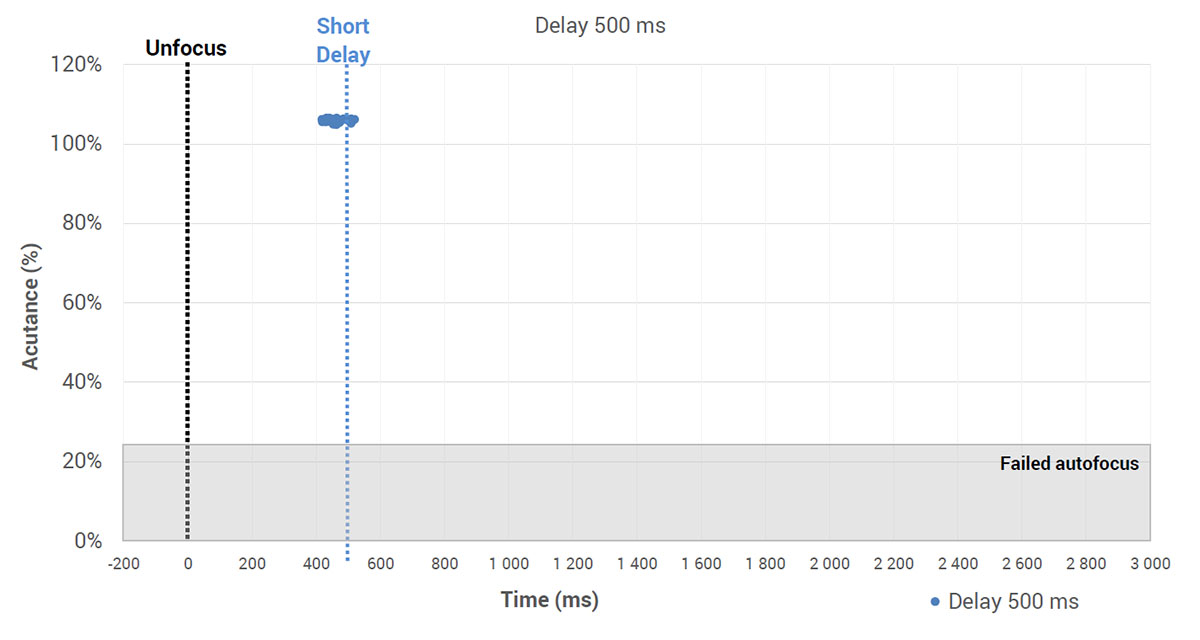

Noise
Apple iPhone XS Max
68
The Apple iPhone XS Max camera achieves good scores for Texture and Noise, thanks to a well-balanced approach to these two strongly-interdependent image quality attributes. This approach works especially well for images captured in bright light. As you can see in the samples below, the XS Max nicely renders such fine details as the model’s hair and the texture of the wall, and it controls noise well, outperforming the iPhone X and Google Pixel 2 by a small margin.
Detail is still good in typical indoor light conditions, but not quite as crisp as with the class-leading Huawei P20 Pro. Some luminance noise starts creeping in as well in these lighting conditions, further reducing detail. The Google Pixel 2 is also capable of producing a crisper picture than the XS Max in these light conditions.
The differences among the devices become even more obvious when shooting in low light. Looking at our night scene comparison below, the levels of captured detail are similar on all three devices, but the Huawei P20 Pro and Samsung Galaxy Note 9 are better able to deal with image noise. The iPhone produces considerably more grain than its rivals.
The observations about the real-life test scenes above are confirmed by our testing and measurements in the DxOMark lab. The crops below from our studio test scene show that the iPhone XS Max camera is capable of capturing levels of detail similar to those of its high-end rivals in bright light (1000 lux). The Apple device still keeps up in terms of detail in low light (20 lux), but its image output is visibly noisier than that of the Huawei P20 Pro and the Galaxy Note 9.
Artifacts are generally very well under control with the iPhone XS Max camera, resulting in a good Artifacts score of 86 points. The XS Max incurred the most penalty points for lens flare, which is occasionally visible in images captured with a strong light source inside or close to the edge of the frame, such as in the sample below. This said, the effect is generally pretty mild and not too intrusive. We also observed some aliasing and moiré patterns in bright light, but just like with flare, you’d have to look closely to spot any of those imperfections.

Flash
Apple iPhone XS Max
74
Flash performance isn’t one of the new iPhone’s strong points. Target exposure for our studio test scene is very low, resulting in severely underexposed subjects. When zooming into the image, we can also see some color quantization on the skin tones of the subject’s face and a quite noticeable red-eye effect.
Away from the studio, the iPhone XS Max is capable of achieving usable flash results. In the scene below, the flash achieves a good exposure of the subject’s skin tones while also retaining some background detail.

Zoom
Apple iPhone XS Max
59
Like those of some of its direct rivals, the iPhone XS Max’s dual camera features a dedicated 2x tele-lens. Despite the optical zoom capability, however, the results lag a little behind the best in class. Zoom image output in bright light is slightly improved over last year’s iPhone X, but we actually measured a slight reduction in detail in low light.
In the long-range (approximately 8x magnification) comparison shots below, you can see that the iPhone XS Max zoom images show less detail and a lot more very coarse luminance noise than the Samsung Galaxy Note 9. We also noticed a slight desaturation of some finer textures and detail in some zoom shots.
The scene below was captured at a mid-range zoom factor (approximately 5x) and confirms the results from above. The iPhone XS Max is capable of capturing marginally better levels of detail than the iPhone X, but cannot quite keep up with the triple-lens Huawei P20 Pro. At this zoom factor, the latter produces a cleaner image with less luminance noise and more detail.
The iPhone XS Max comes with one of the best bokeh simulation modes in the business. On close inspection, some depth estimation errors are still visible, but the segmentation of subject and background has improved since the iPhone X, as you can see in the samples below. The new iPhone’s bokeh images also show better detail in the face and hair of portrait subjects than some direct rivals, such as the Huawei P20 Pro. In addition, our testers liked the nice rendering of light spots in the background.
In trickier scenes, such as the one below, depth estimation errors can be a little more obvious. As with the Smart HDR image output, bokeh simulation images are displayed in real time in the preview. This is quite a useful feature for framing shots when shooting in Portrait mode.
The Apple iPhone XS Max is also capable of producing nice bokeh simulation shots in lower light situations, like the night shot below, making it a good option for portrait shooting in dimly lit spaces, such as bars or restaurants. Subject segmentation in this sample is very good and the light sources in the background are rendered nicely.
Video scores explained
The Apple iPhone XS Max achieves an excellent Video score of 96 points, thanks to an outstanding performance in bright light conditions. The overall score is derived from a number of sub-scores in the same way as the Photo score: Exposure (88), Color (88), Autofocus (91), Texture (58), Noise (75), Artifacts (84), and Stabilization (94).
At its default settings (1080p, 30 fps), video mode produces excellent results in bright light, with wide dynamic range, vivid colors, accurate white balance, and high levels of detail. In addition, the image stabilization system works very efficiently, and the autofocus is fast and accurate.
A drop-off is noticeable in lower light in some areas, however. We observed some white balance instabilities in typical indoor lighting conditions, along with some slight exposure stepping — for example, when panning. Detail also suffers and luminance noise becomes more visible when shooting indoors or in low light. There is also a slight loss of sharpness when using the tracking autofocus in dim conditions. Stabilization works well in all light conditions, though, and is especially effective in counteracting high-frequency motion, such as hand shake.
The iPhone XS Max video mode offers one more strength that is not tested within our protocol, but which was very visible in some of our test footage: thanks to improved sensor readout speed, the rolling-shutter effect that can occur when panning is much less intrusive than for some rivals — for example, the Google Pixel 2 and the Samsung Galaxy Note 9. You can see that vertical lines are much more “leaning” on the latter two devices in the sample clips below.
When shooting at 30 frames per second, the new iPhone delivers noticeably better dynamic range than the iPhone X, and this has also resulted in reducing the cyan-shift artifact (when blue skies turn cyan before clipping). As in still imaging, some color flares are occasionally visible in video clips.
We also had a look at the camera’s 60 fps footage and found stabilization to be just as effective as for 30 fps. This said, you don’t get the benefit of expanded dynamic range at 60 fps, and will simply have to accept some cyan-shift artifacts. You can see the latter at 0:06 sec in the sample clip below.
Conclusion
The Apple iPhone XS Max comes with one of the best mobile cameras we have ever tested, and in many areas offers noticeable improvements over last year’s iPhone X. Both still and video image quality in bright light are excellent, with a very wide dynamic range and good detail. Autofocus and image stabilization work swiftly and efficiently, and the camera is very reliable overall, consistently delivering good results.
In lower light, luminance noise becomes a little more intrusive than with other high-end phones, and the iPhone’s zoom mode lags somewhat behind the competition (specifically, the Huawei P20 Pro) as well. However, if that doesn’t bother you too much, the new Apple device is a surefire option for any mobile photographer.
Pros
- Very good target exposure and dynamic range in bright light and indoor conditions
- Good detail in all conditions
- Vivid and pleasant colors in most situations
- Fast and accurate autofocus
- Very good subject isolation and pleasant spotlight effect in bokeh mode
Pros
- Very wide dynamic range
- Very good image stabilization
- Fast and repeatable autofocus
- Good image detail, especially when shooting outdoors
Cons
- Flash images often underexposed
- Luminance noise is noticeable in lower light and the shadow areas of high-contrast scenes
- Coarse luminance noise and a lack of detail are noticeable in zoom shots
Cons
- Sometimes unstable white balance when shooting under indoor lighting
- Luminance noise in lower light
A note about image formats for this review: The iPhones XS Max and XS record photographs in the DCI-P3 colorspace, which their displays also use. DCI-P3 is newer and larger than the sRGB color space that most devices use and most web browsers assume. So to ensure that the images we used in the review display properly on a wide variety of browsers and devices, we converted the originals from DCI-P3 to sRGB using Photoshop (which is why the published test photos show Photoshop as the creator). This can slightly reduce the richness of color in some cases from what you would see when viewing the original images on a DCI-P3-calibrated display with appropriate software. We also captured the original images using the new HEIF (High-Efficiency Image Format), but then converted them to very high-quality JPEGs for viewing in standard browsers and image editing software. (HEIF is very similar to JPEG, but provides better compression for similar image quality, so the conversion makes the sample image file sizes larger than they were when shot.) Please note, however, that unlike our test images, some of the comparison photos used in this review were shot in JPEG and are used as-is for illustrative purposes; they were not used to compute scores.


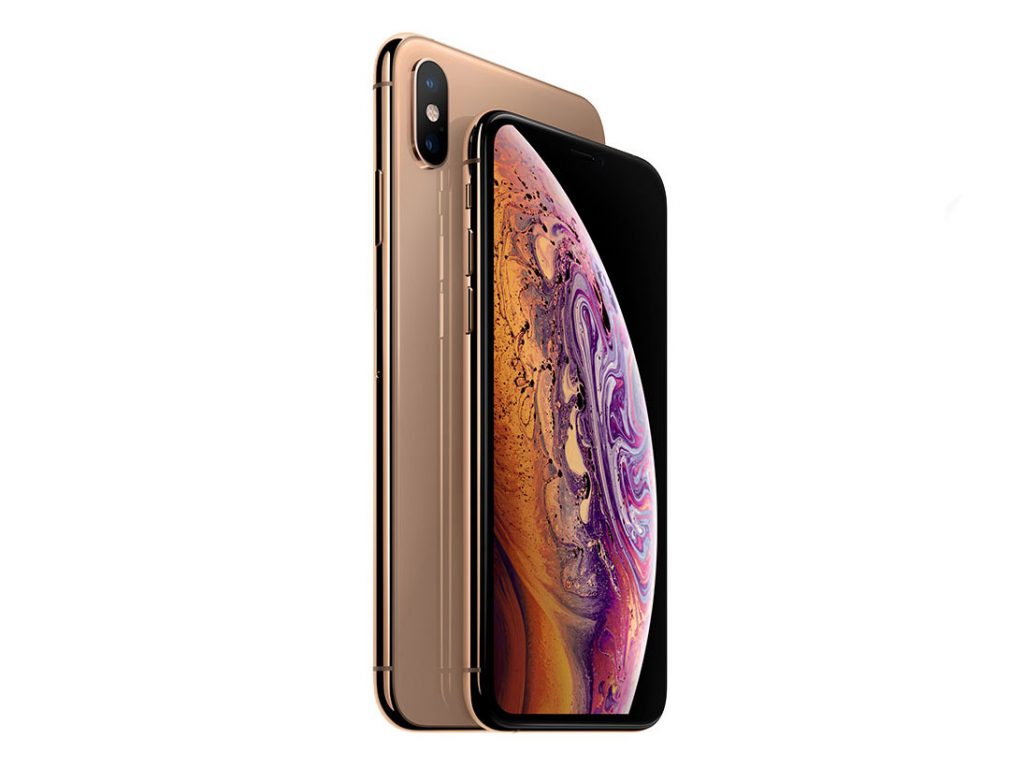


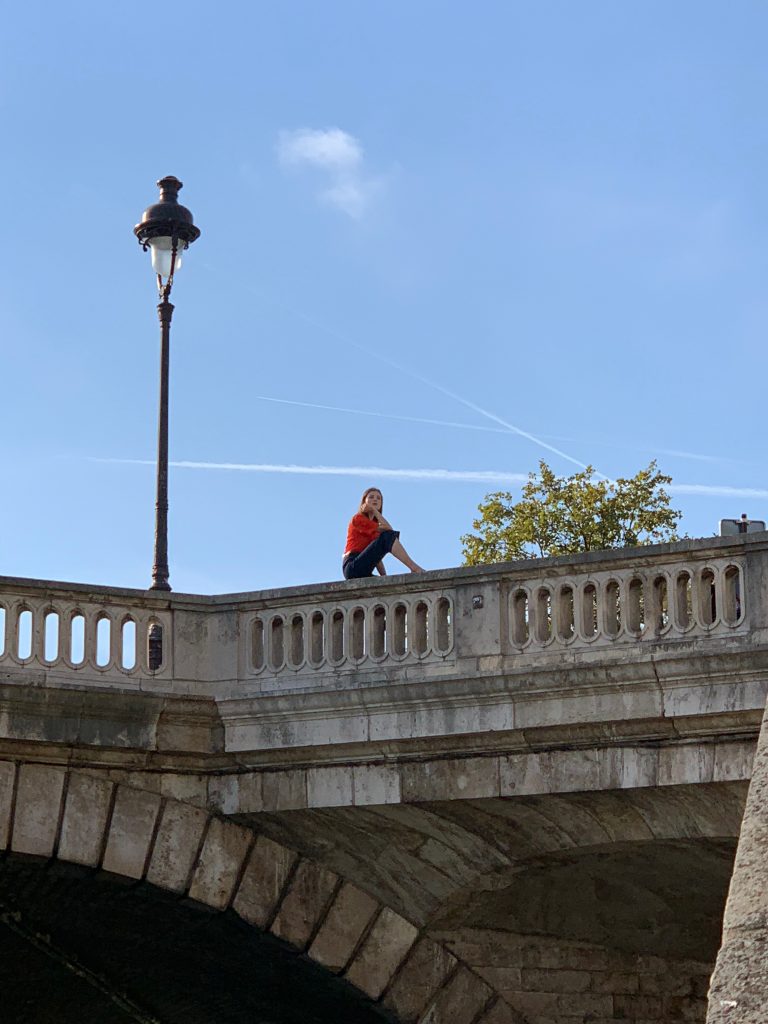
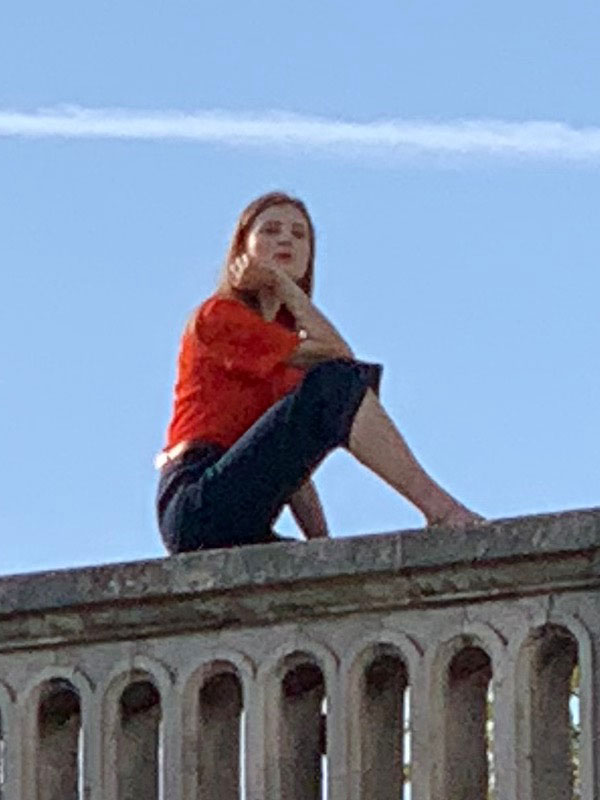
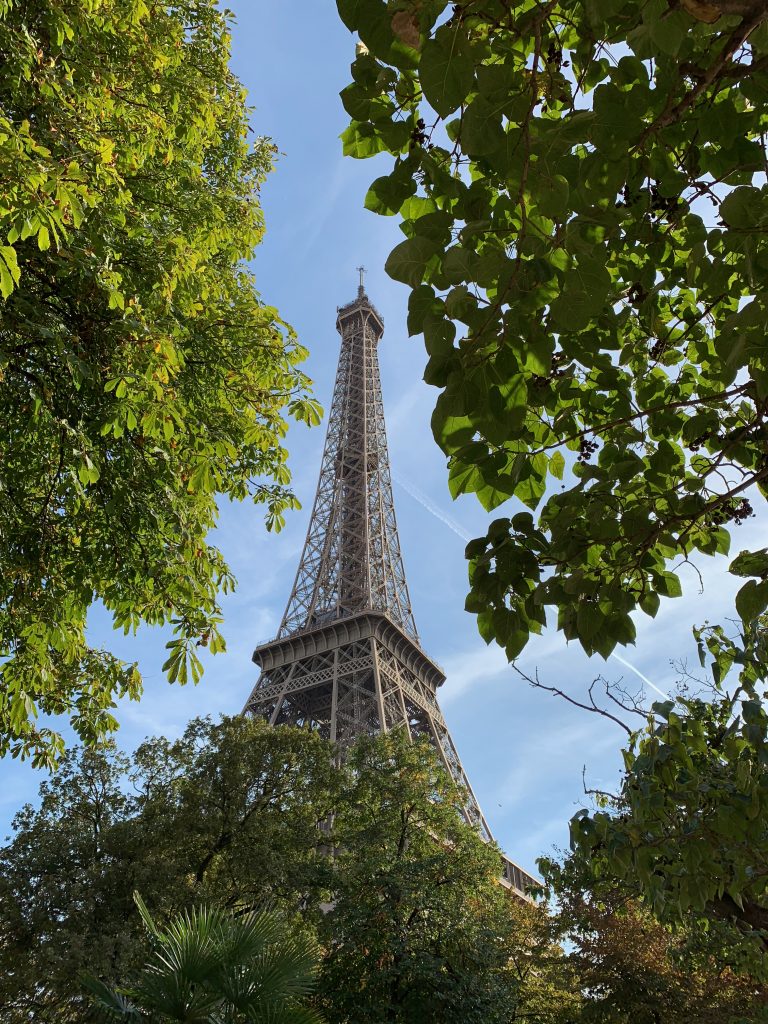
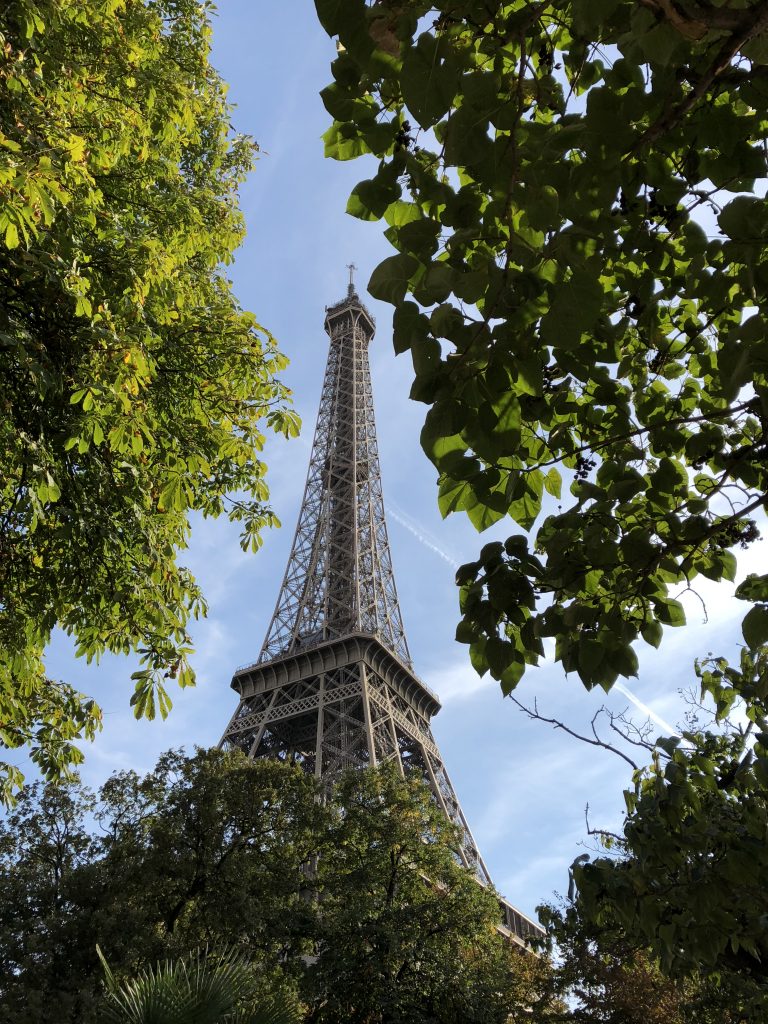
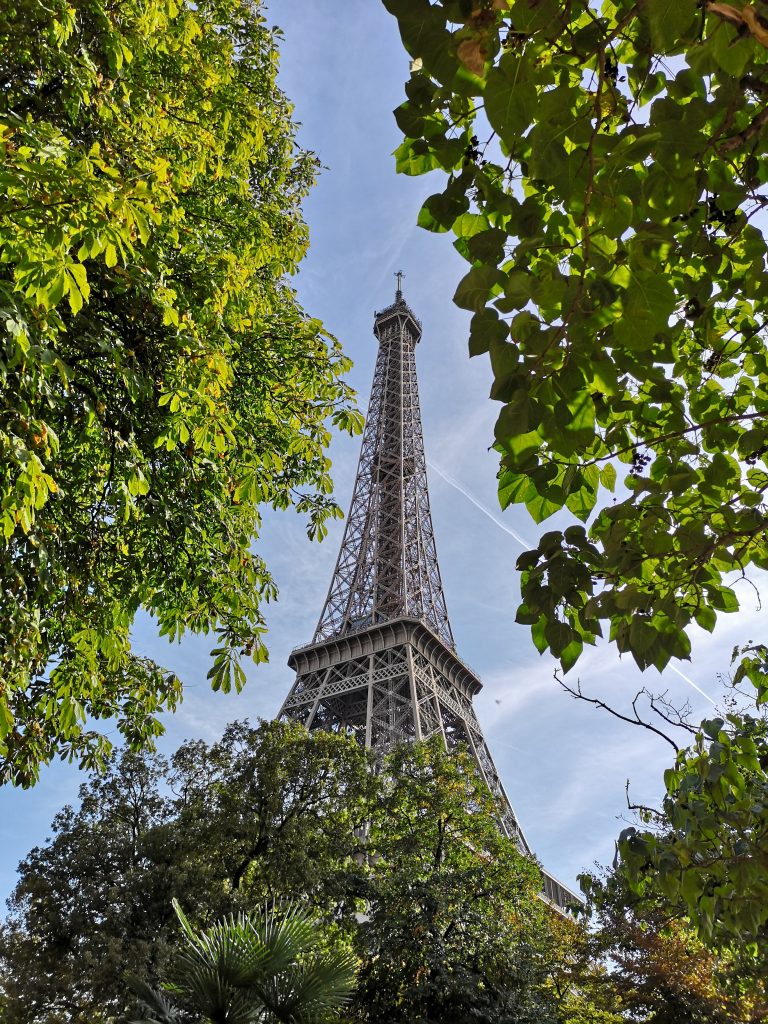
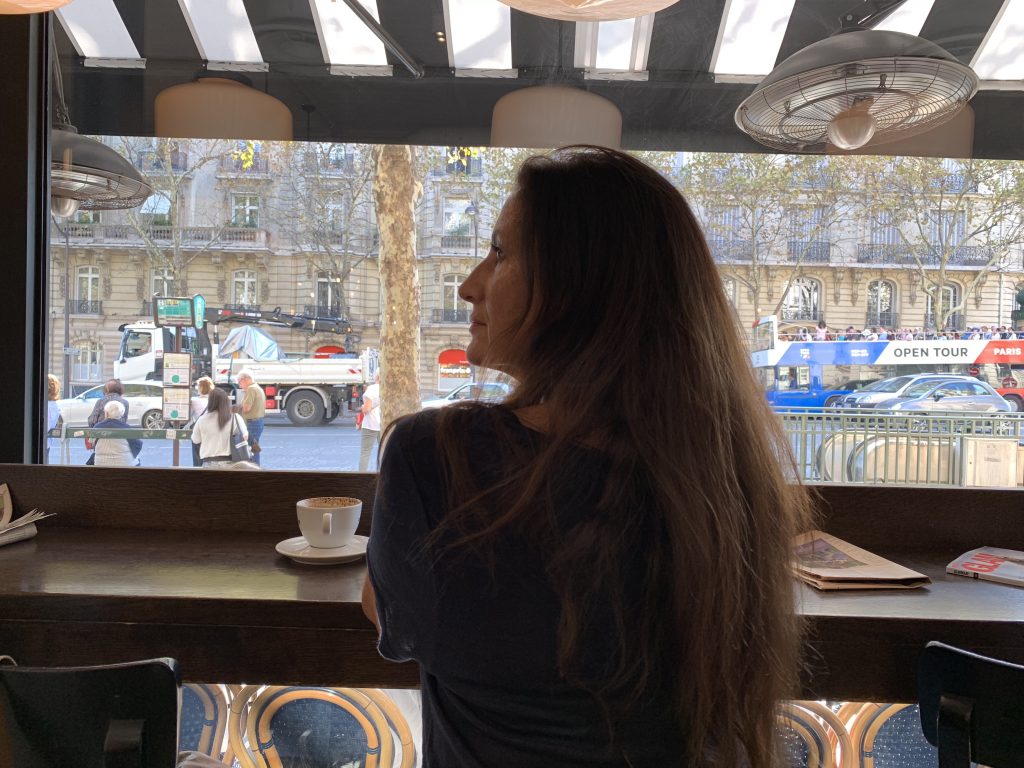


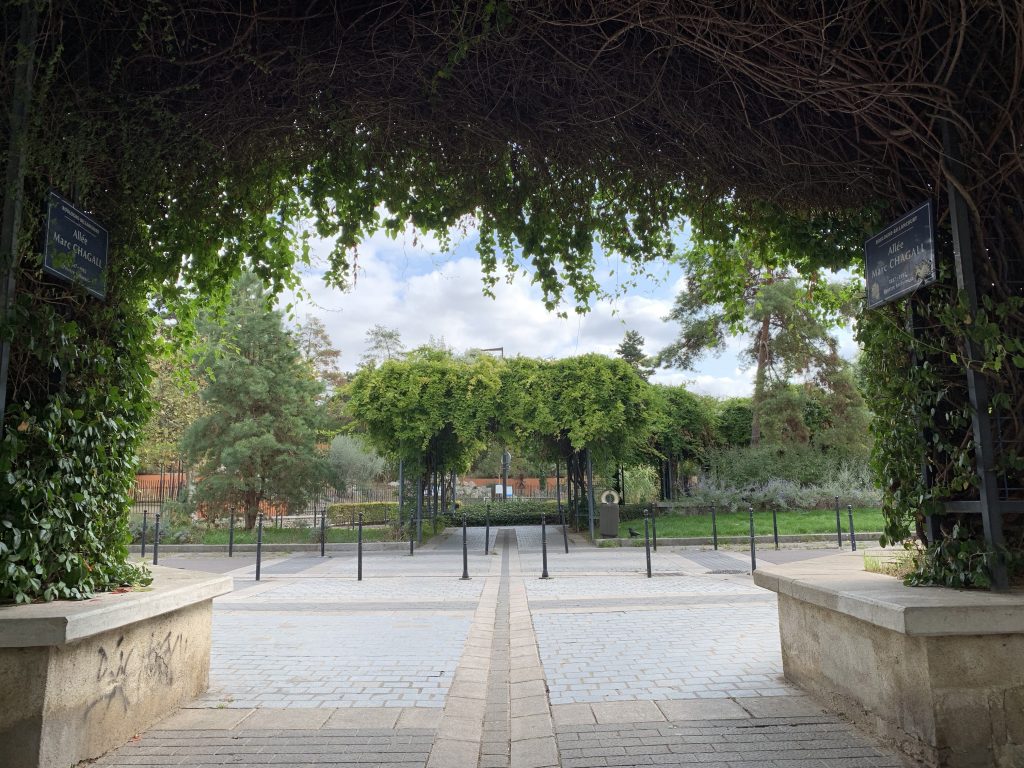
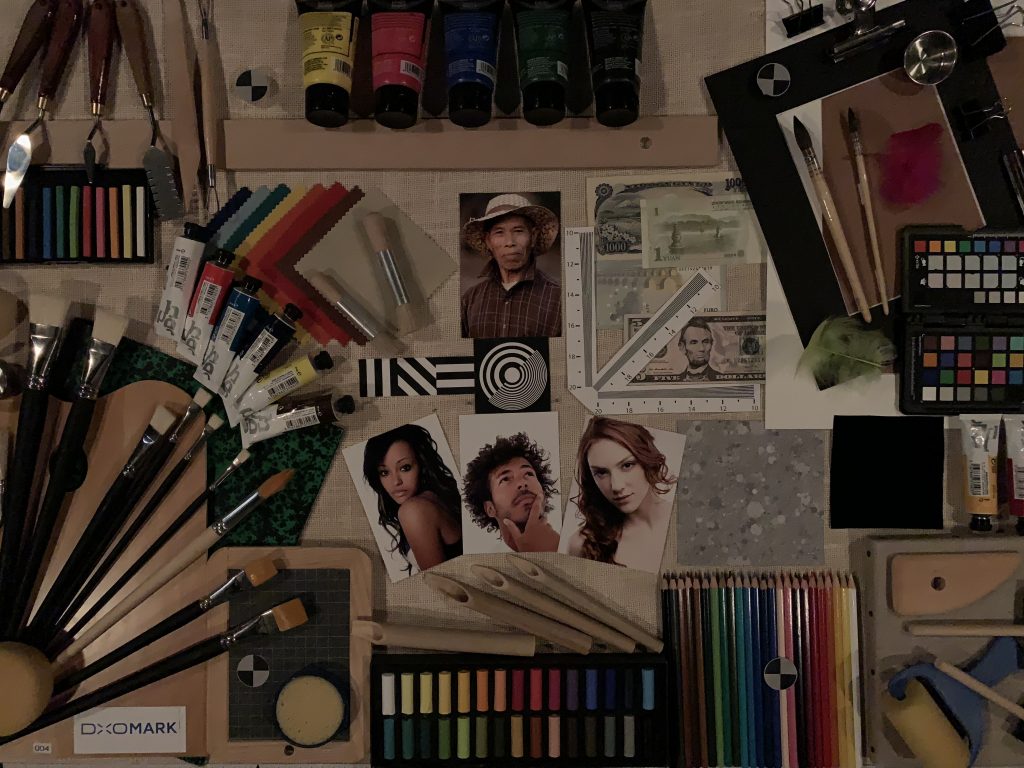
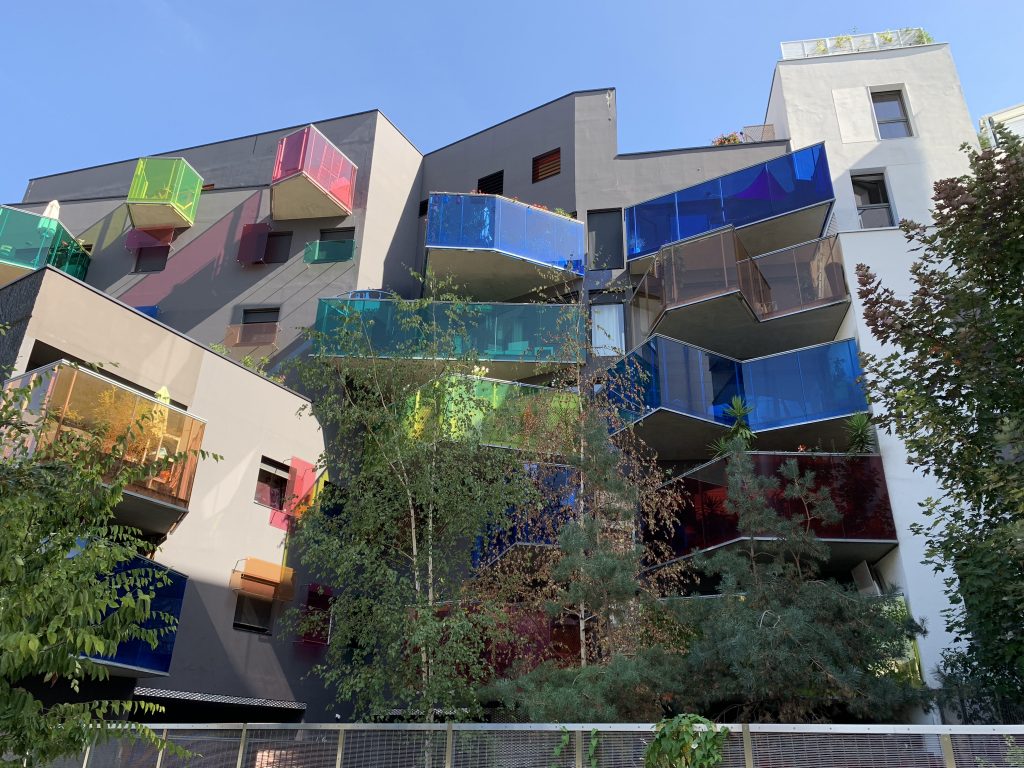
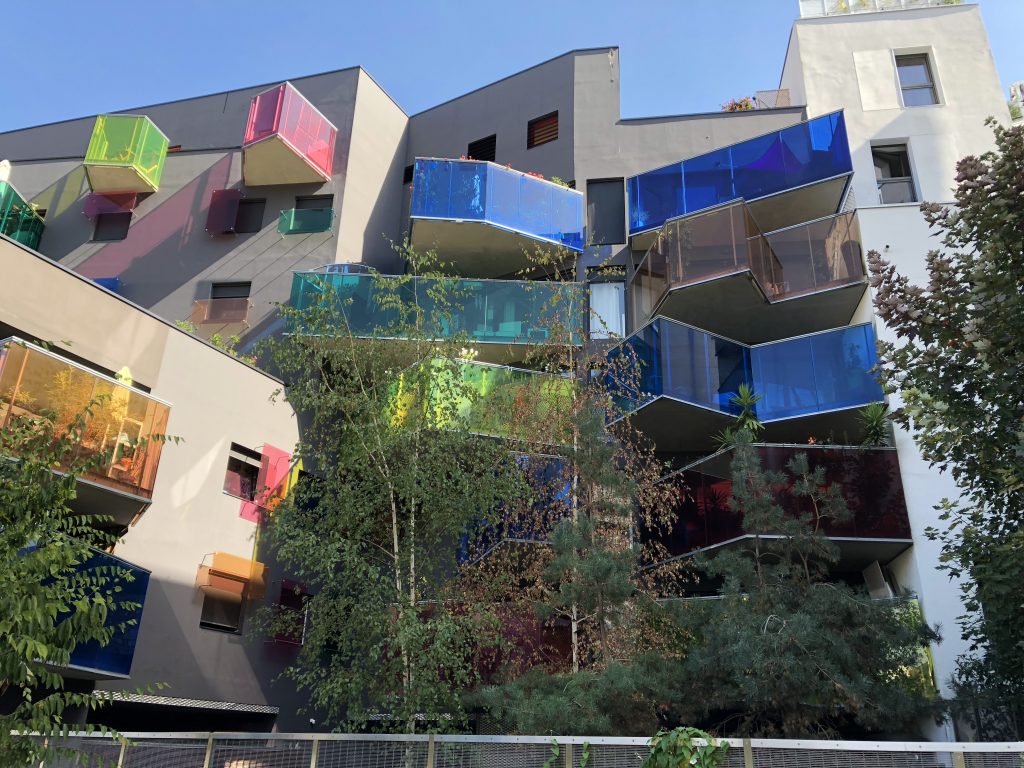
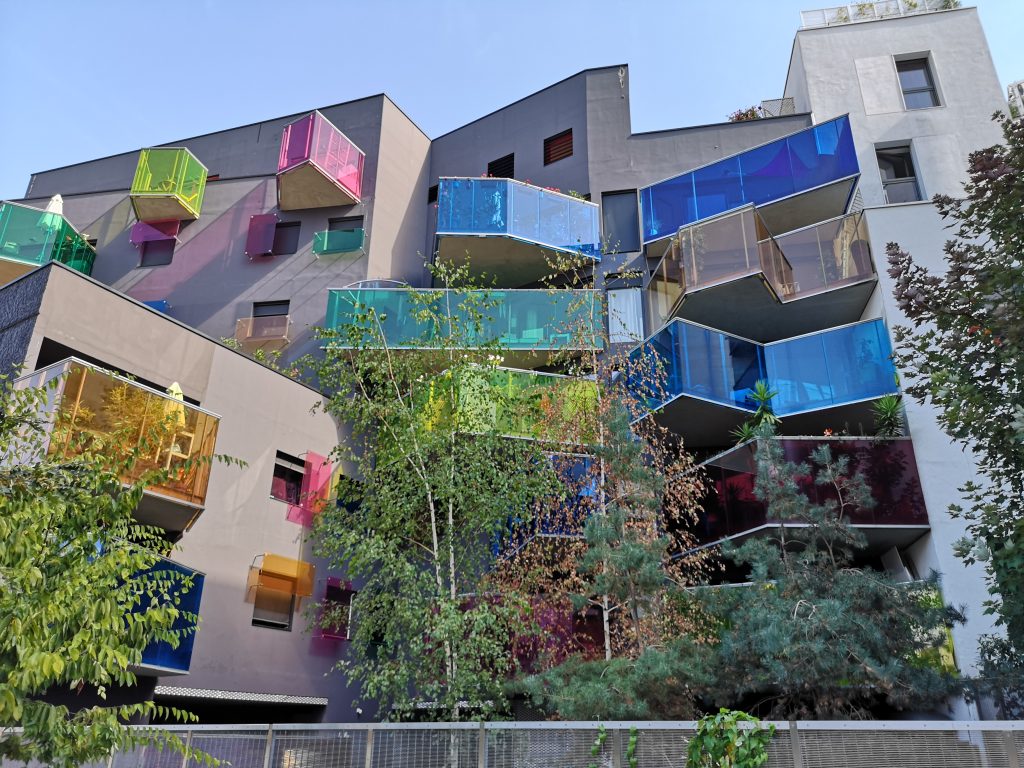
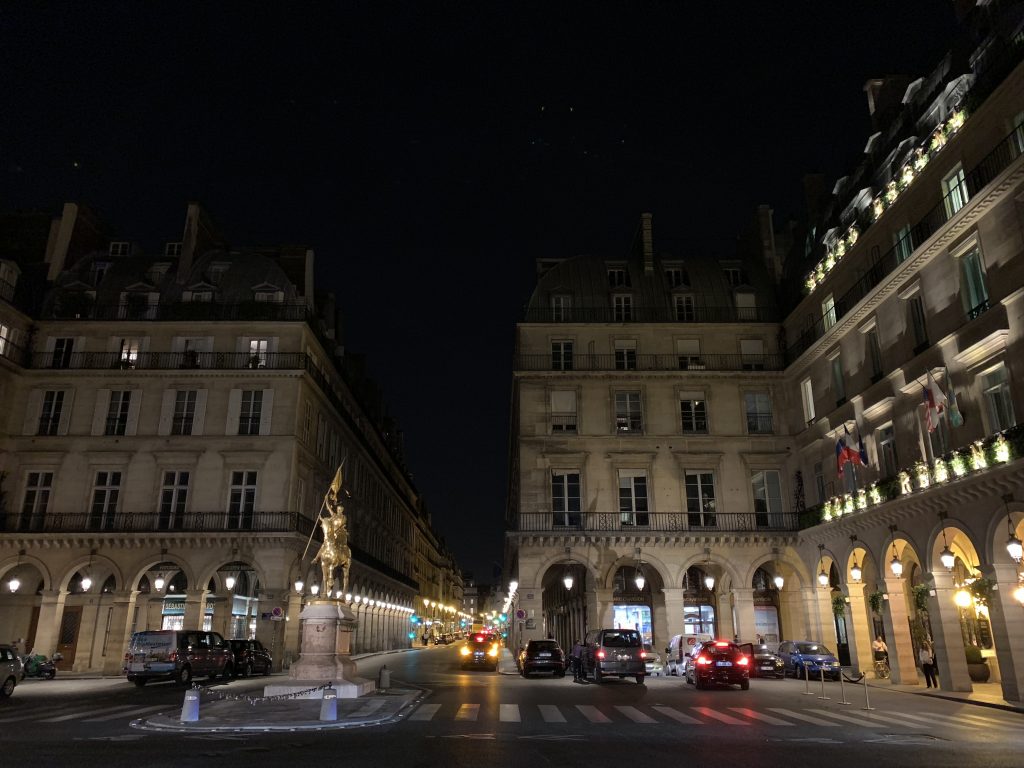
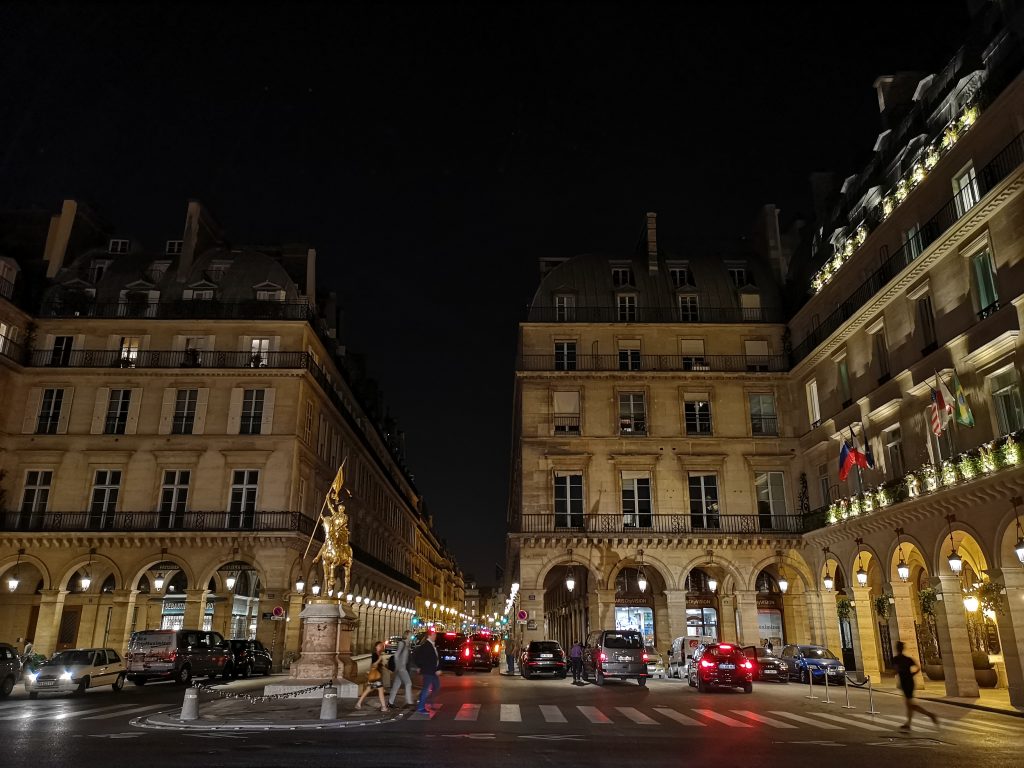
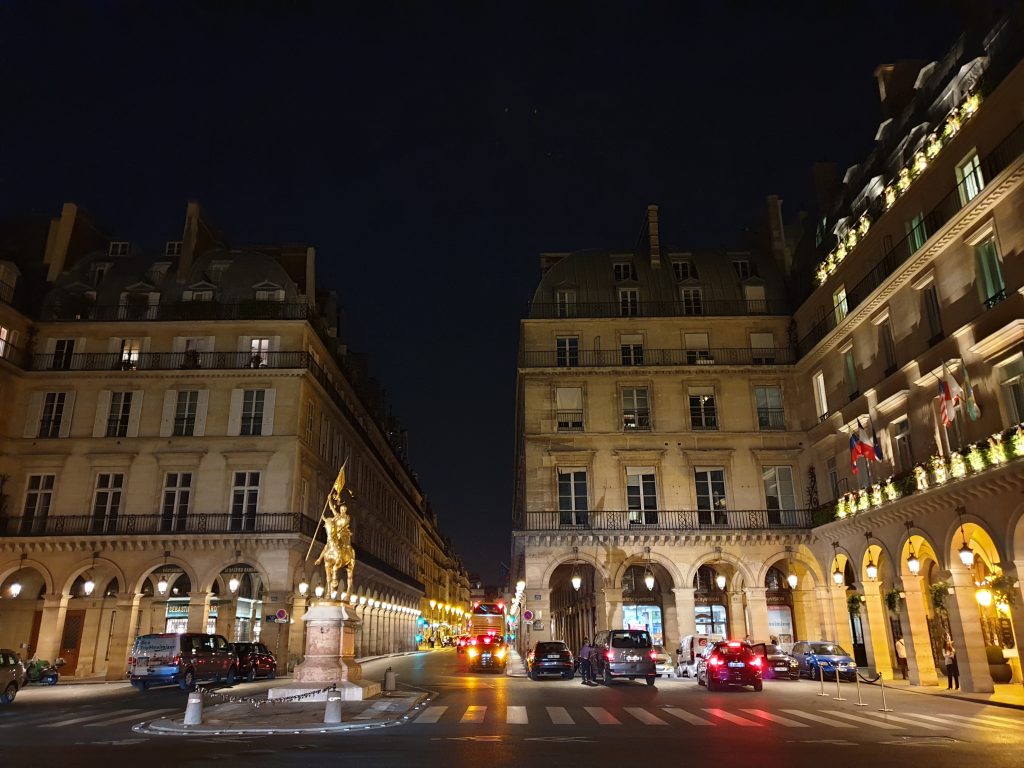

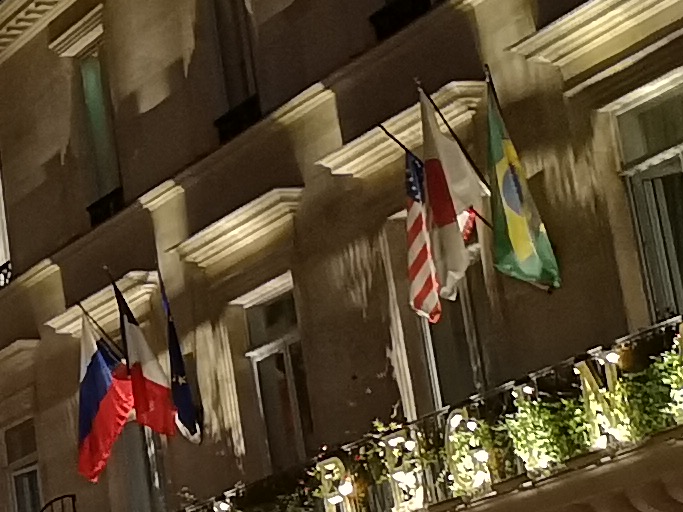

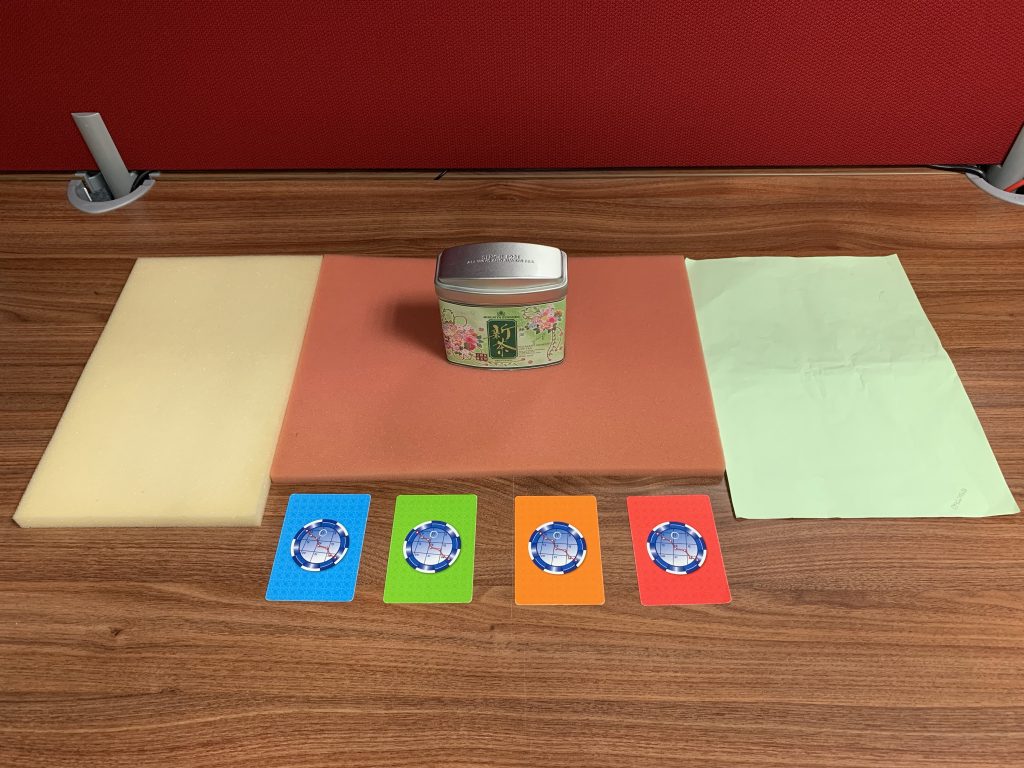
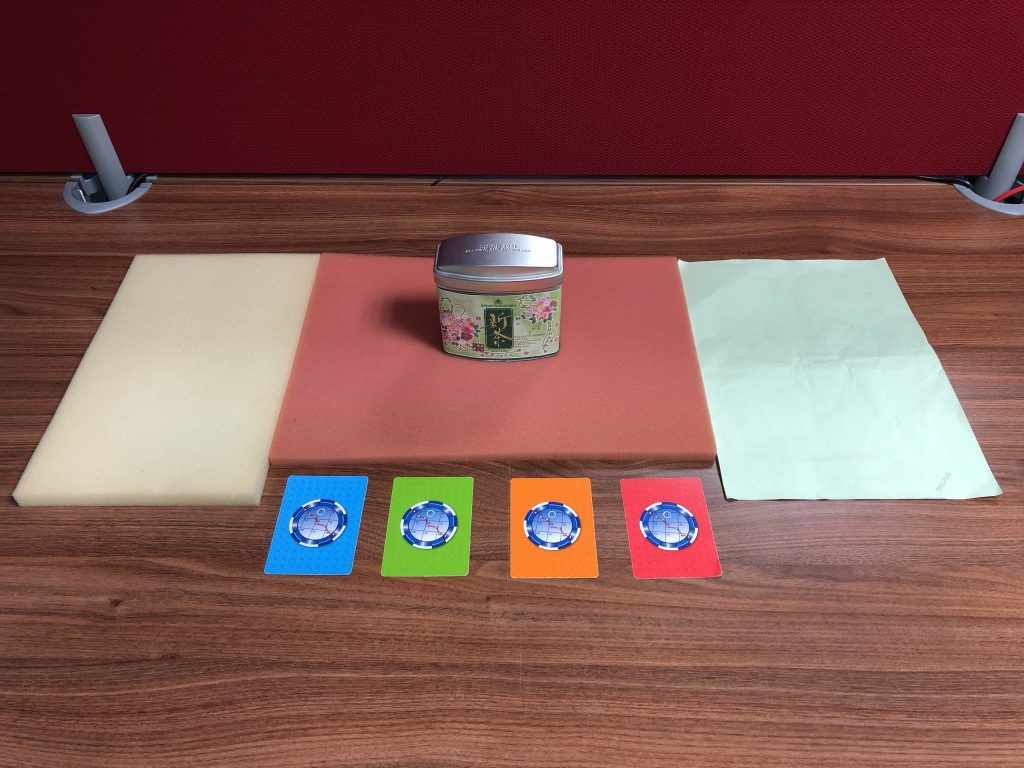
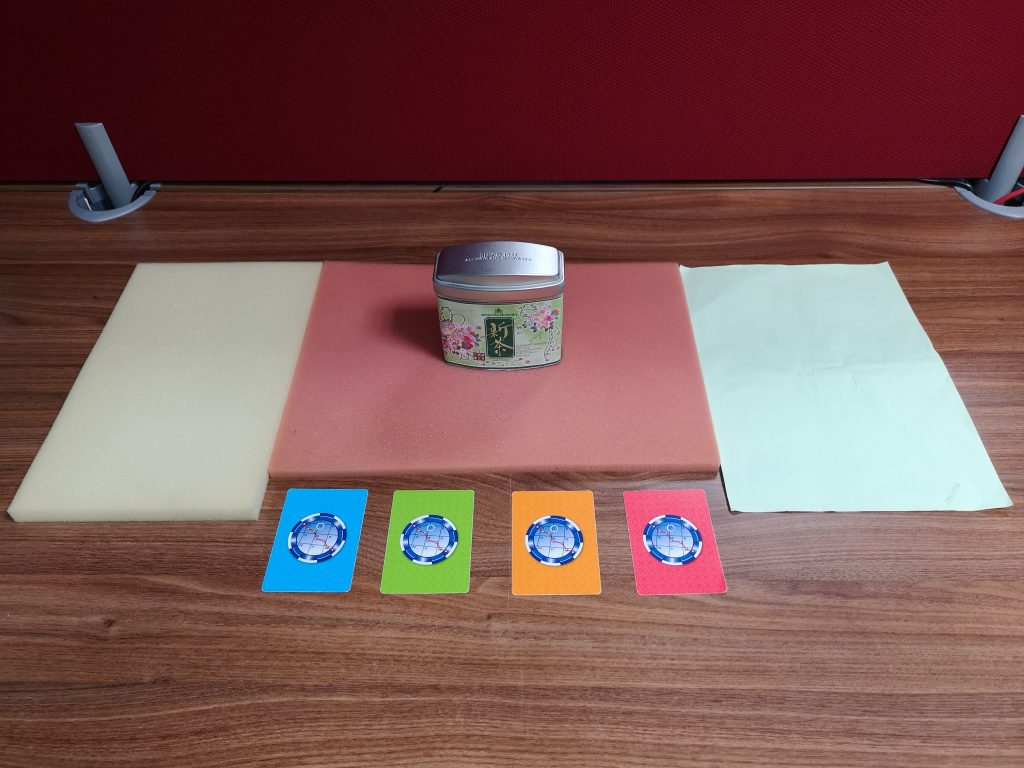


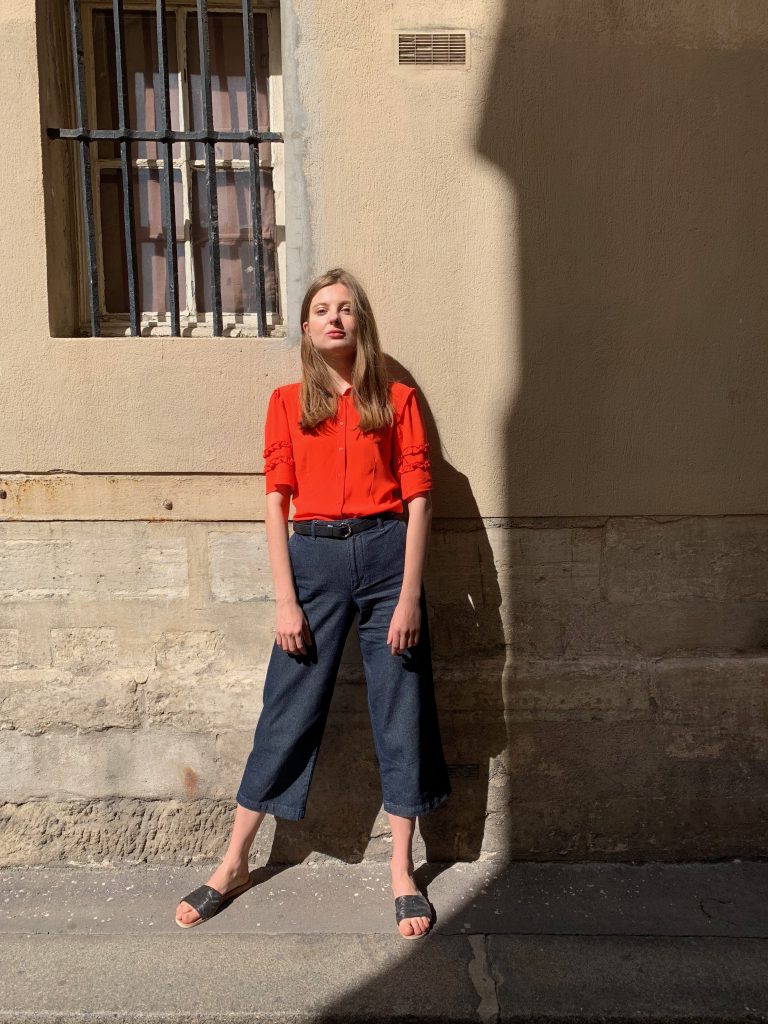
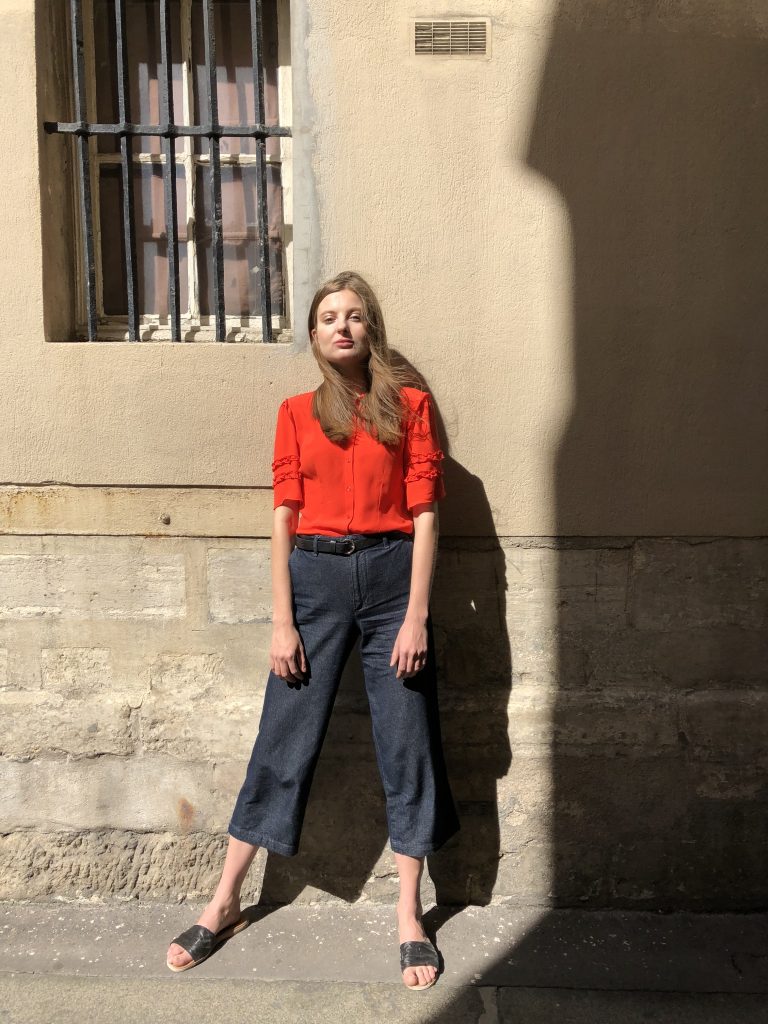


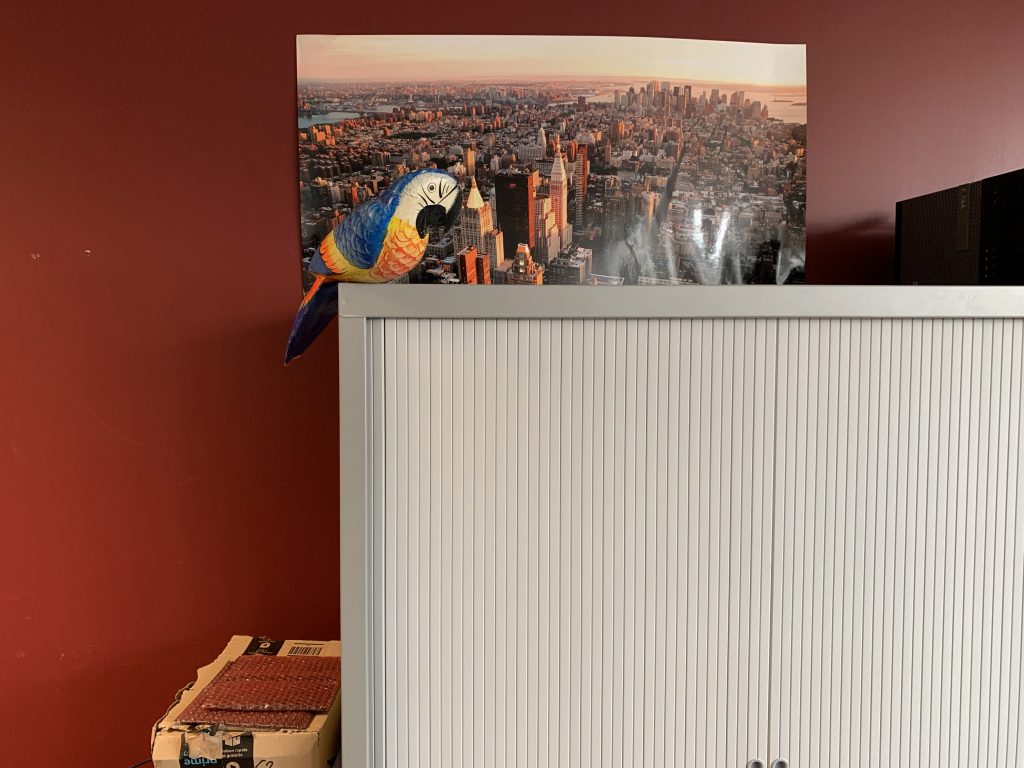
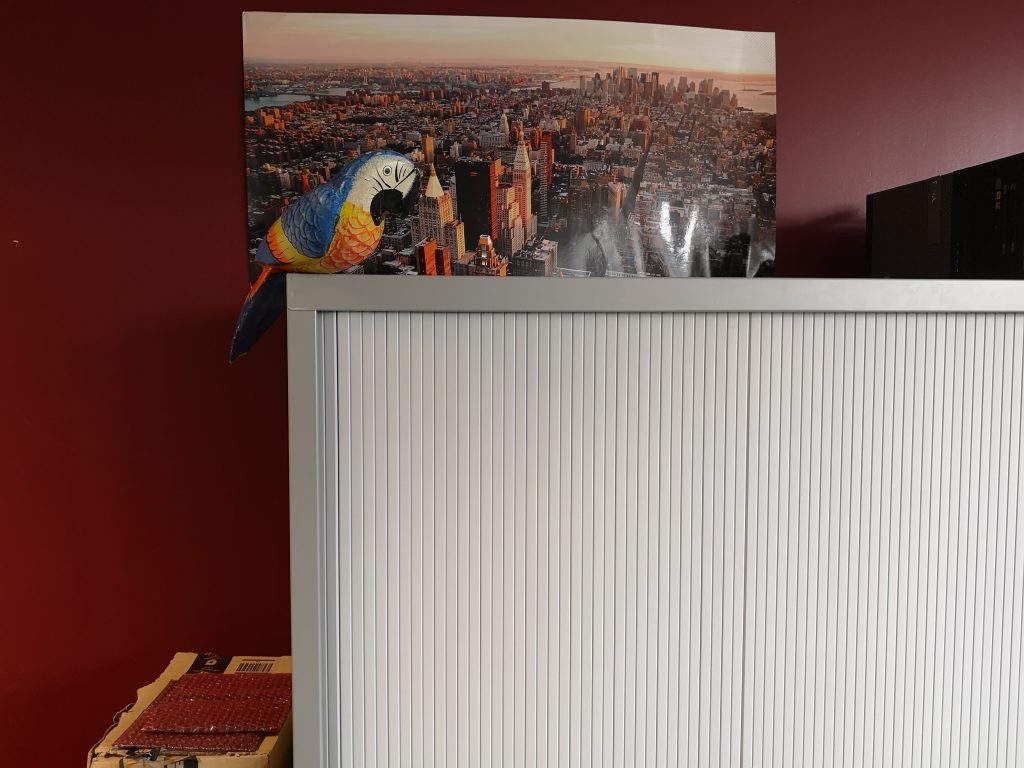


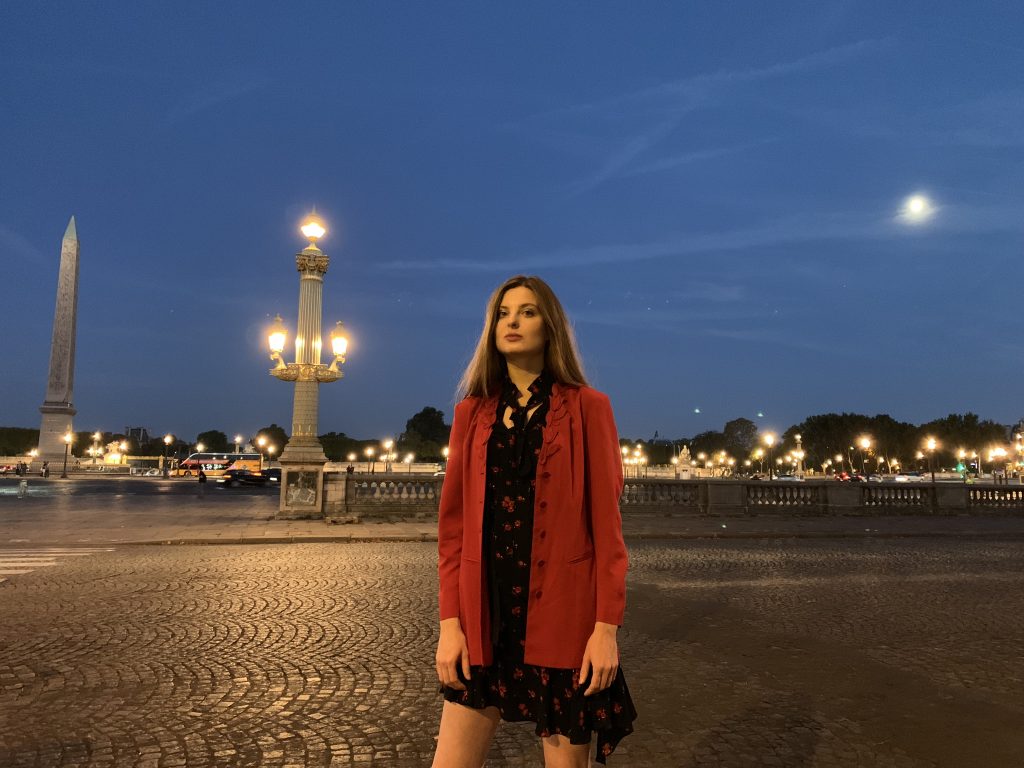

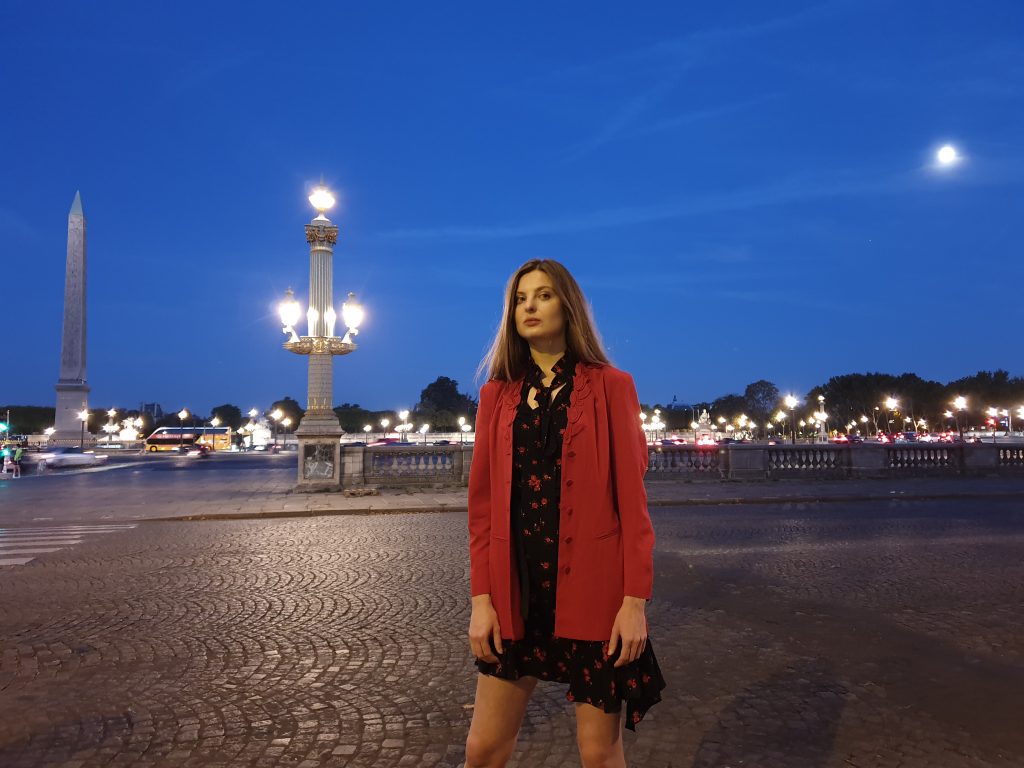



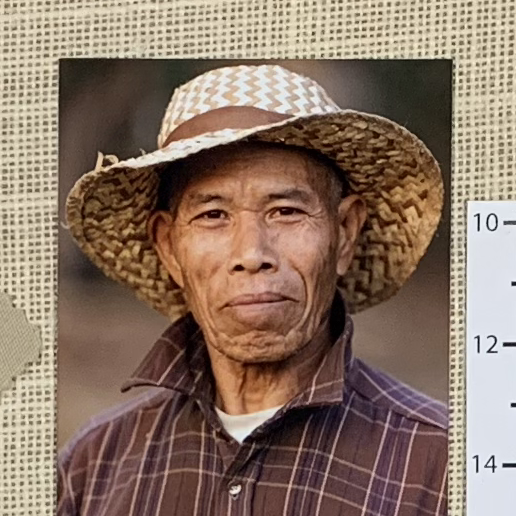
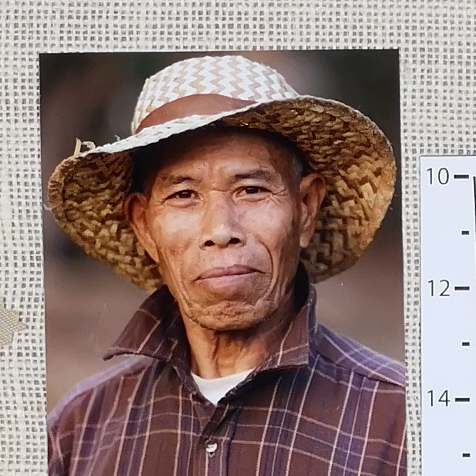

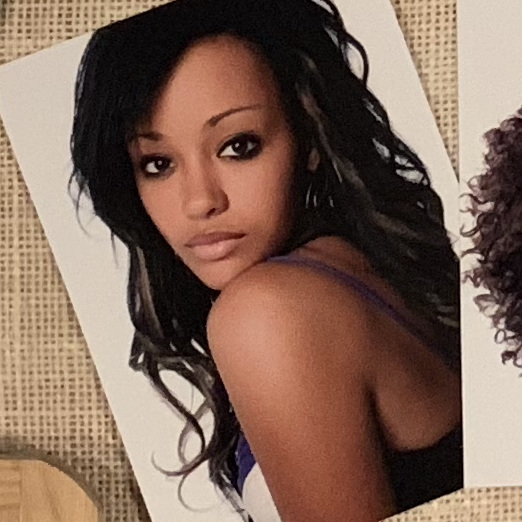
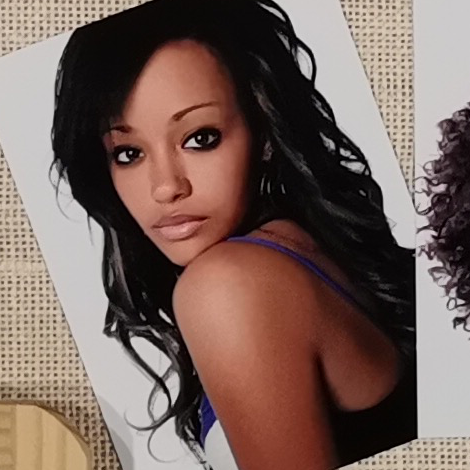



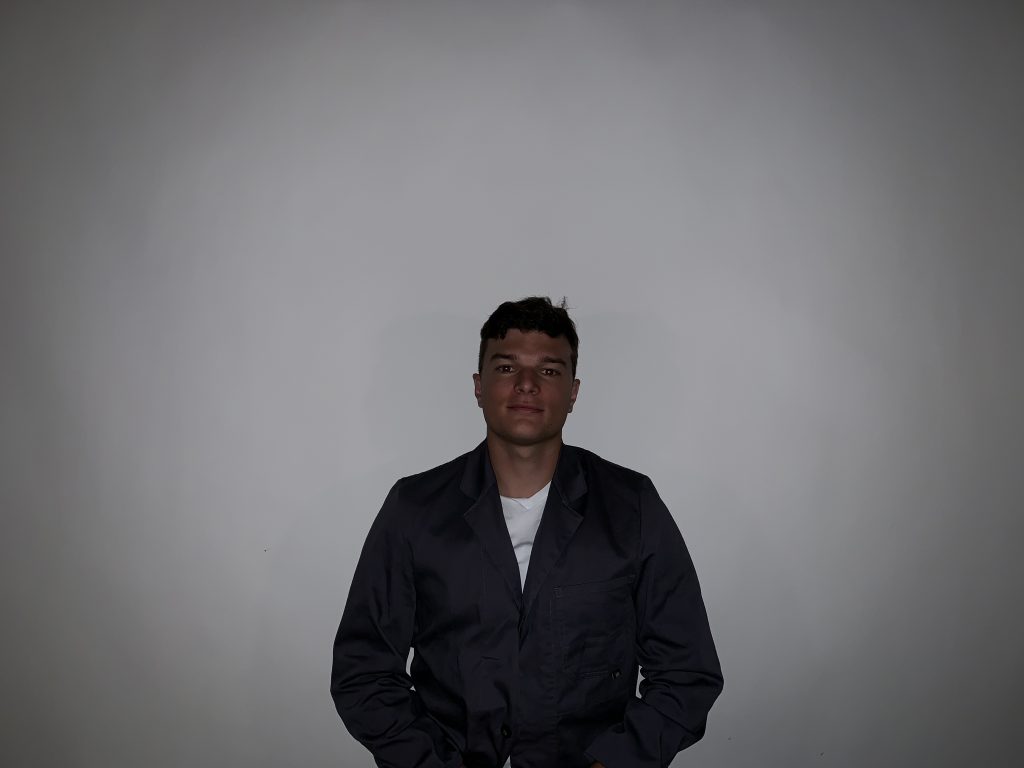

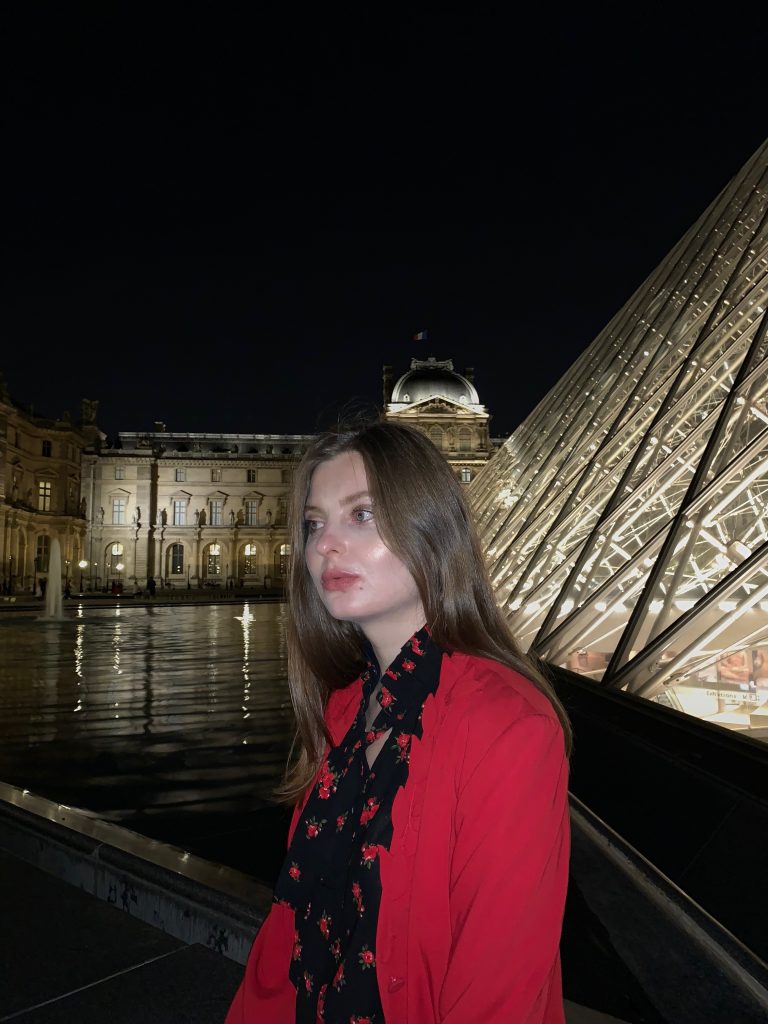
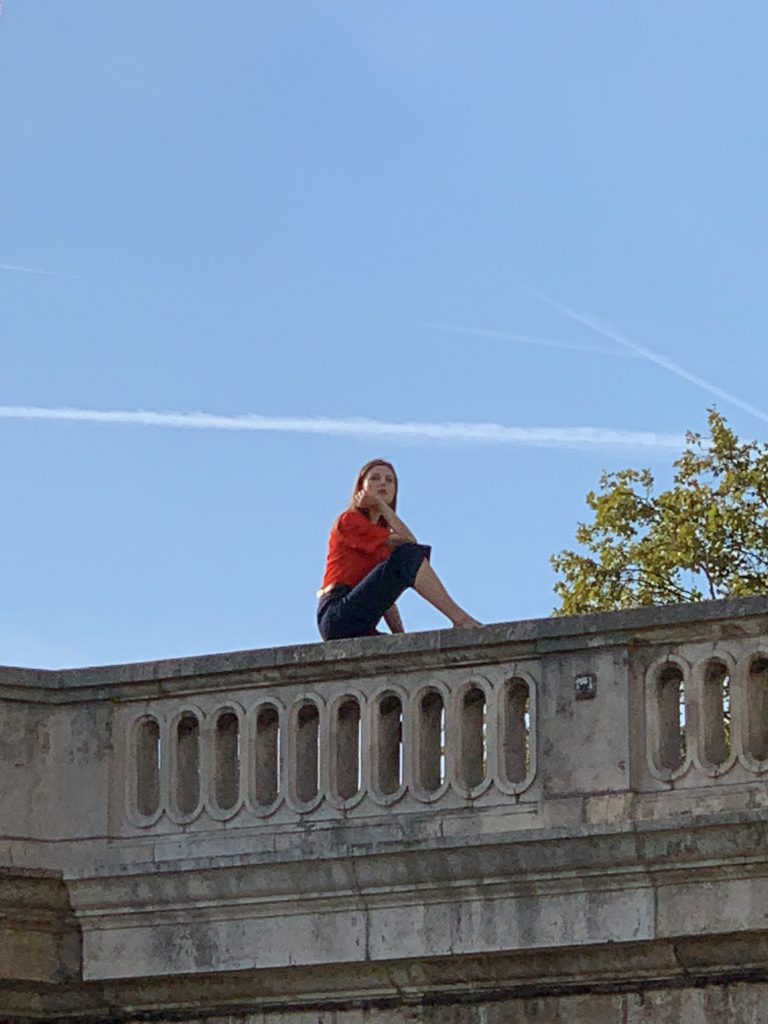
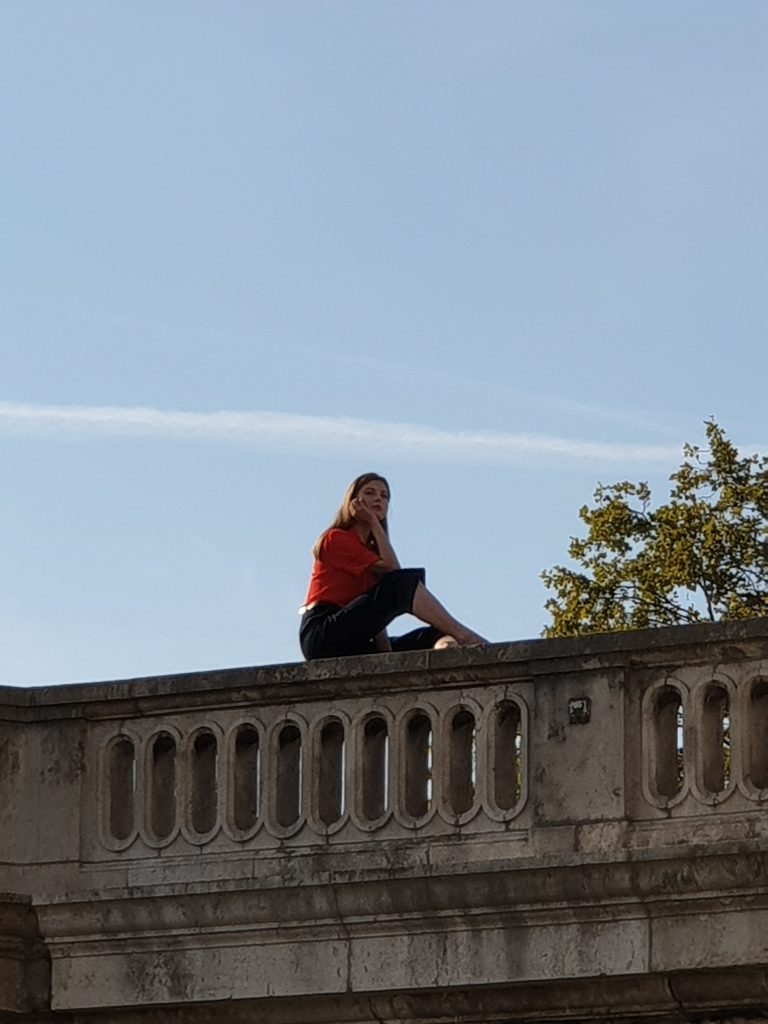


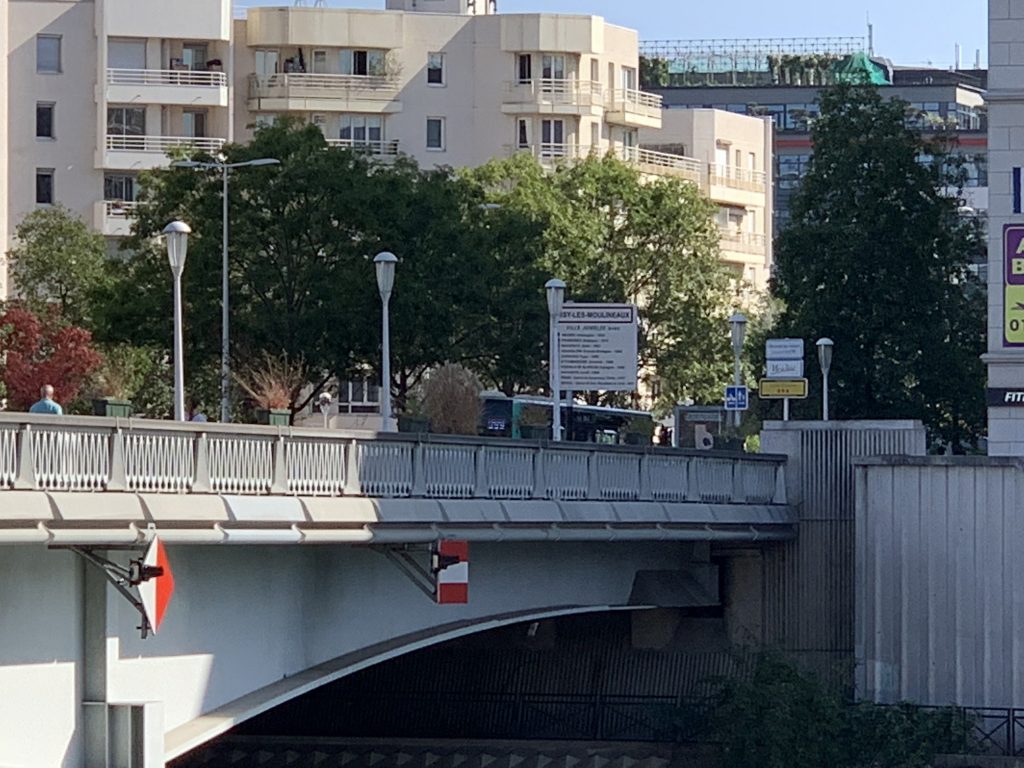
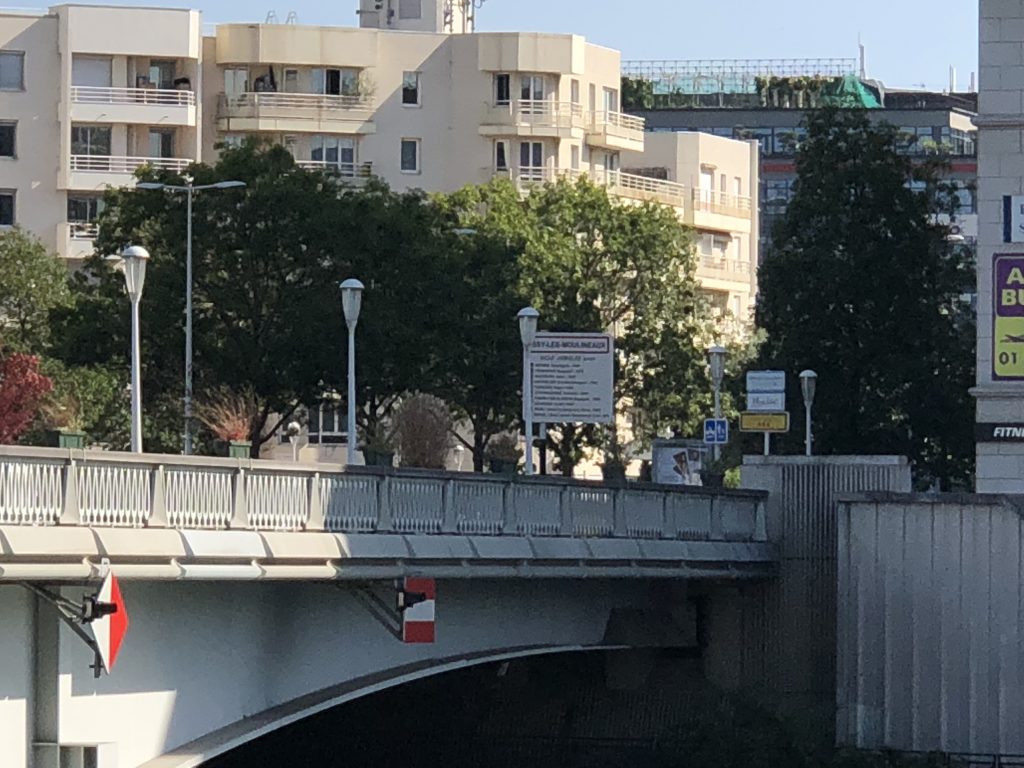
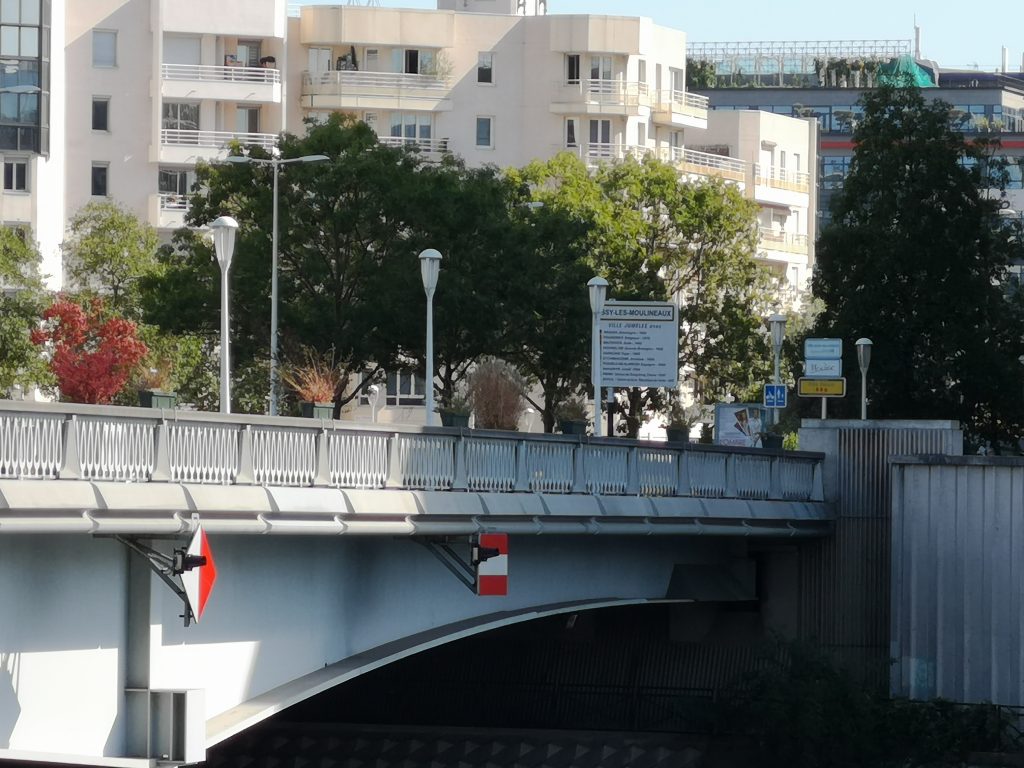
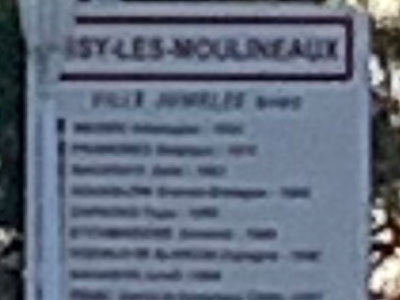



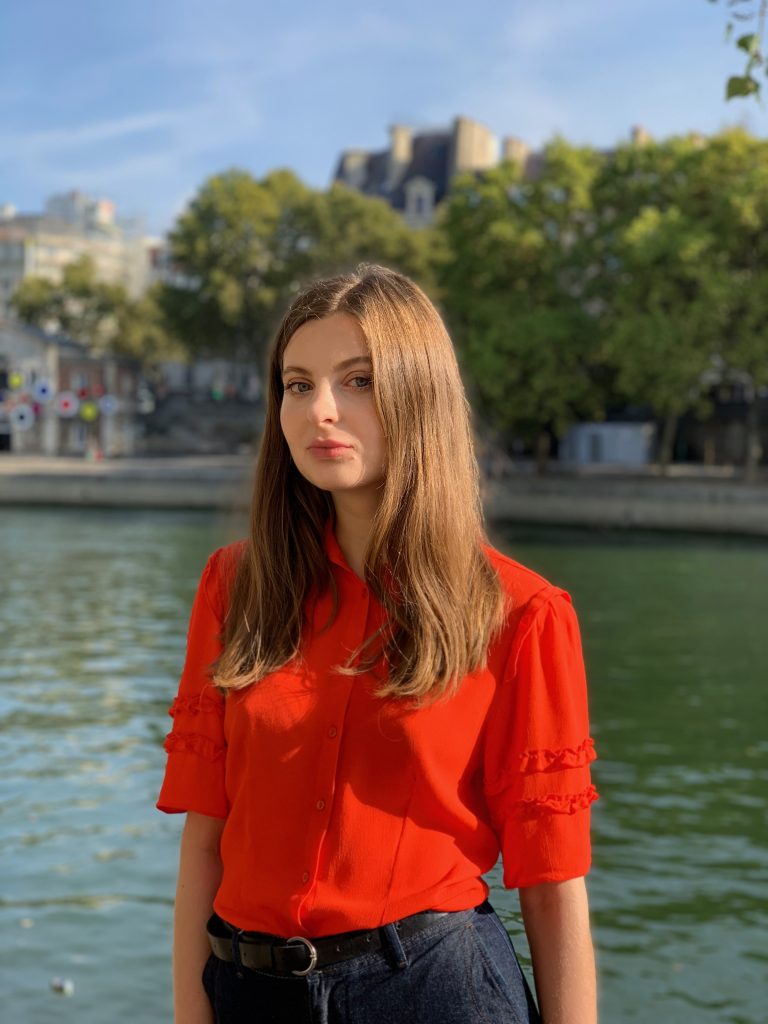

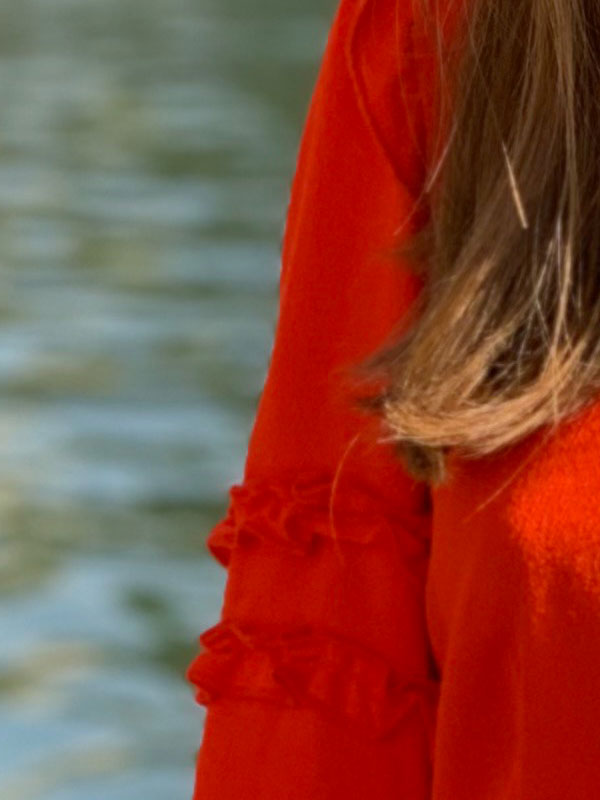
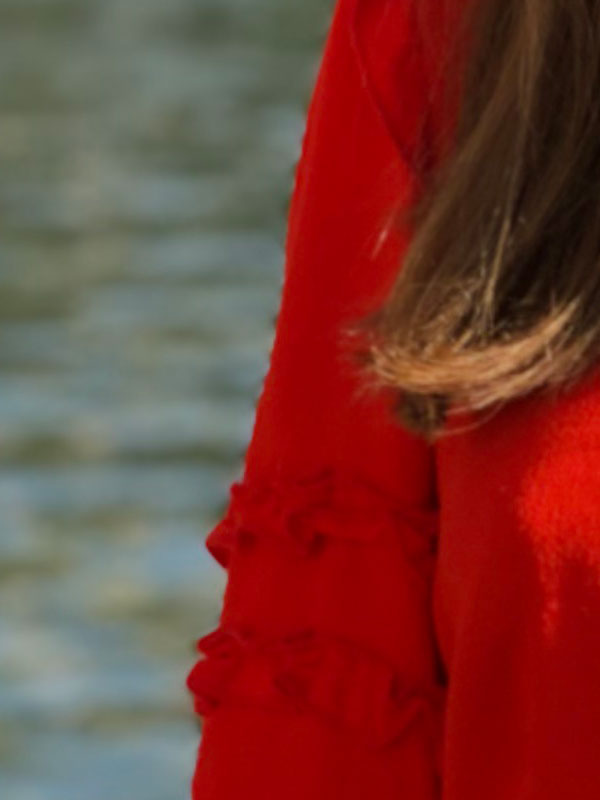
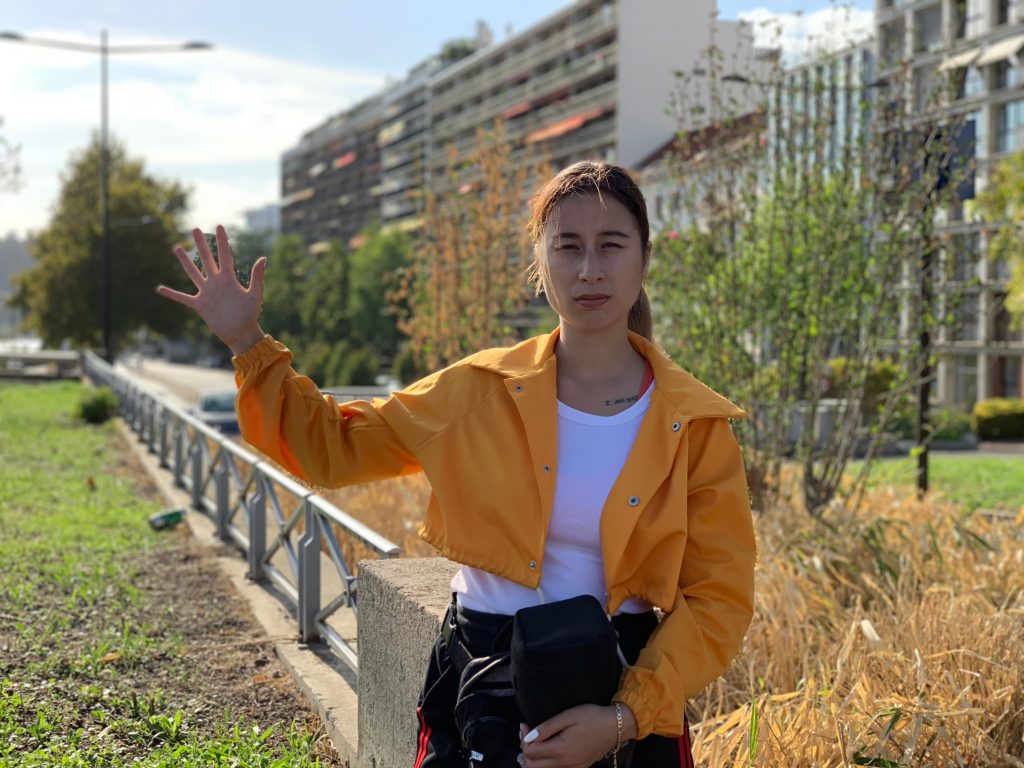
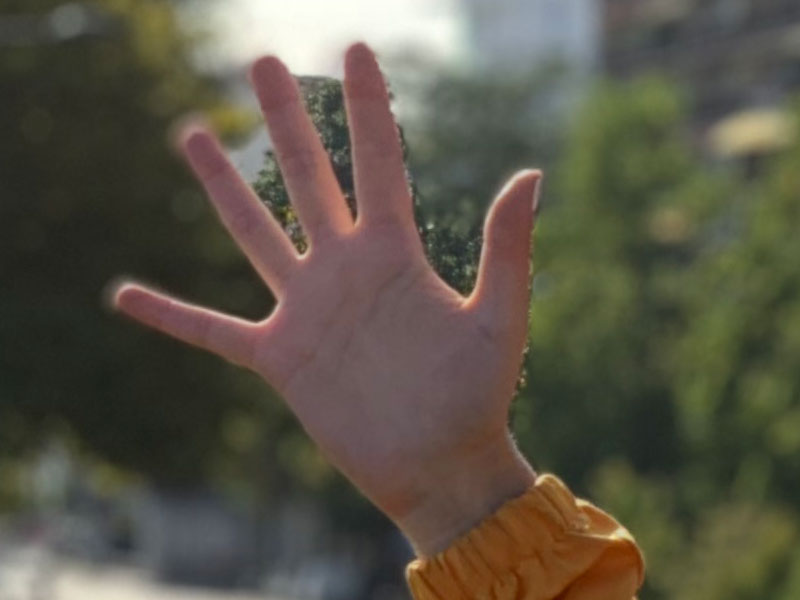





DXOMARK encourages its readers to share comments on the articles. To read or post comments, Disqus cookies are required. Change your Cookies Preferences and read more about our Comment Policy.